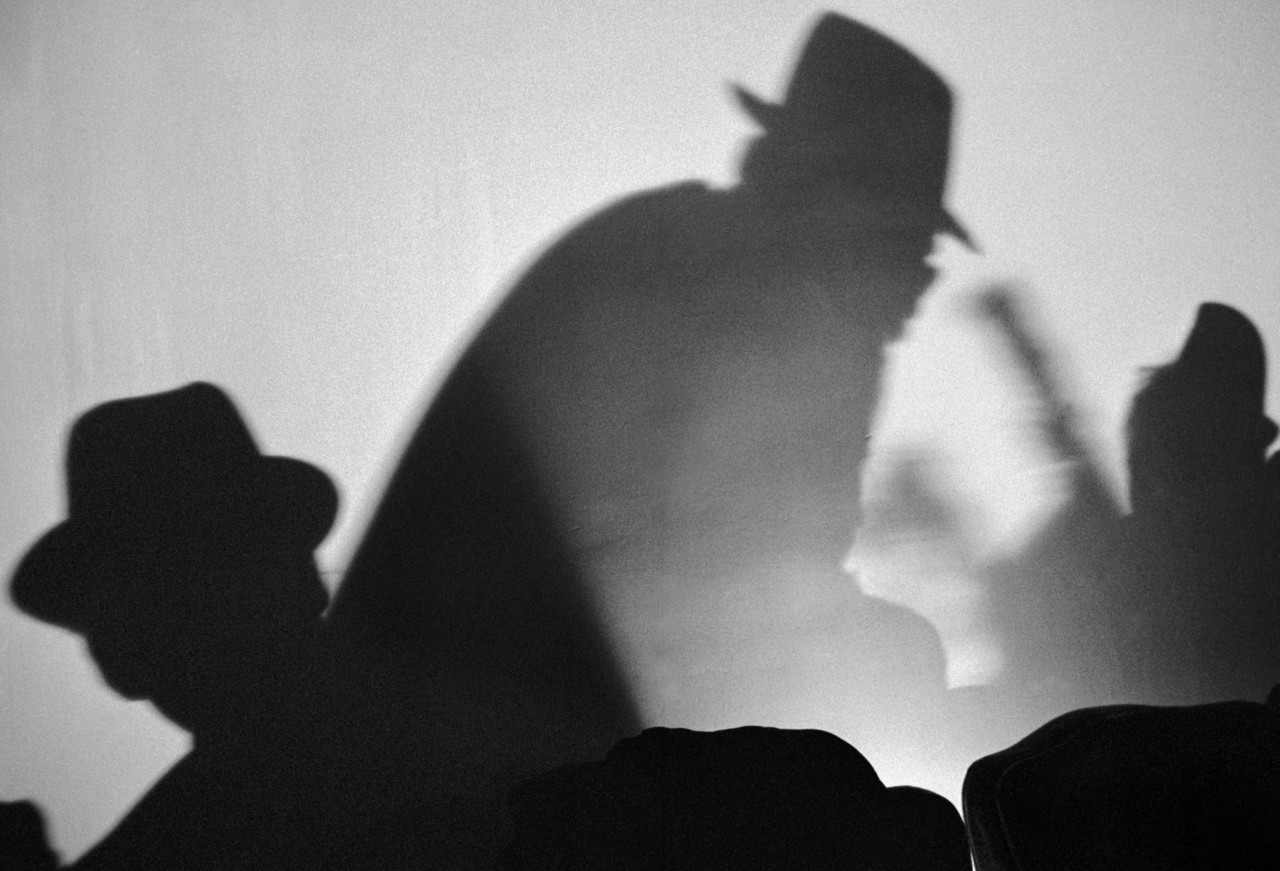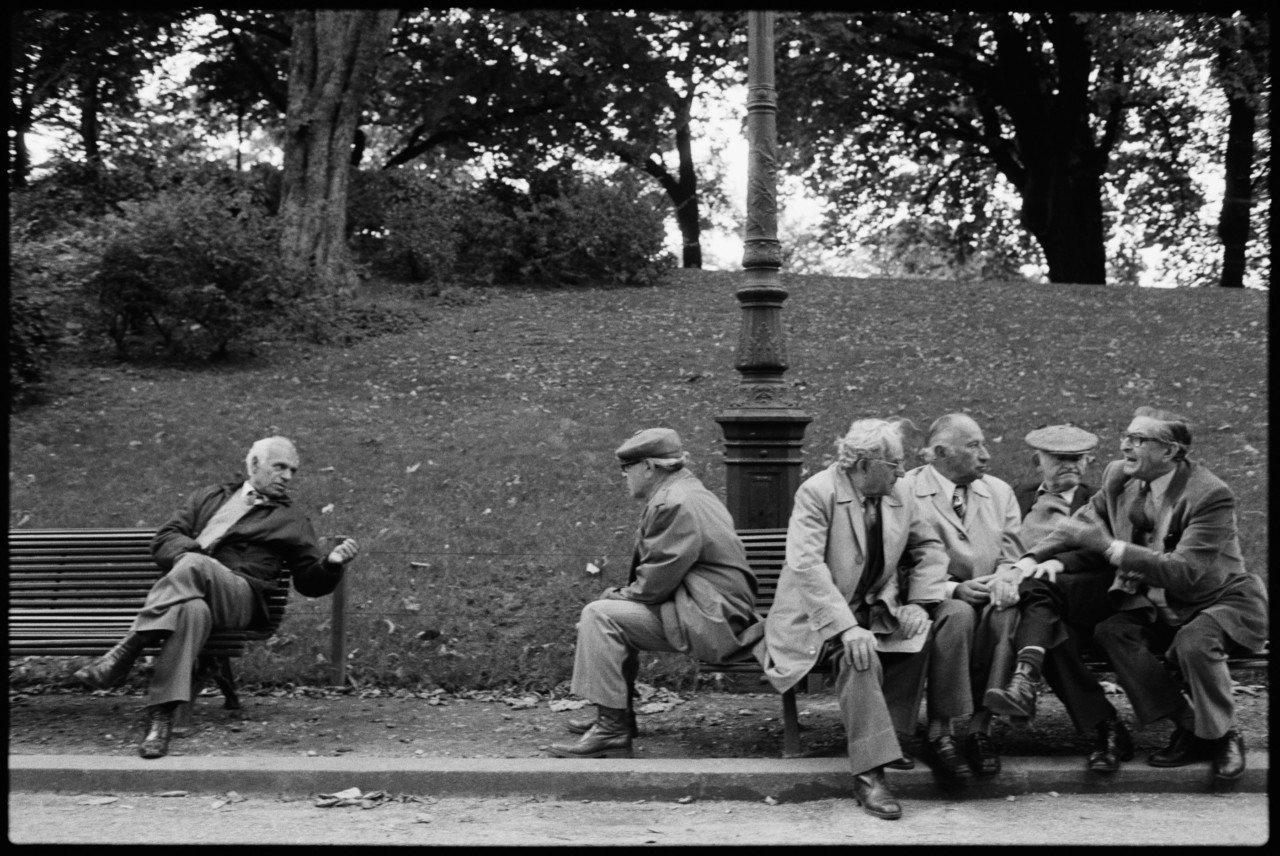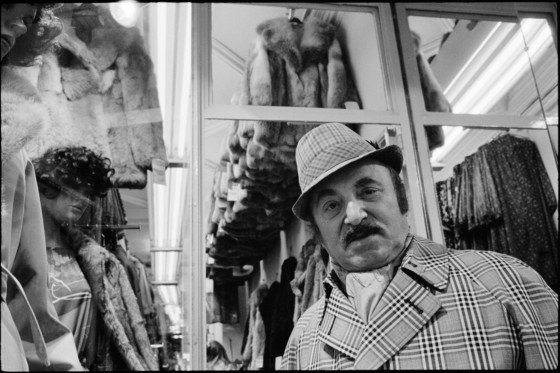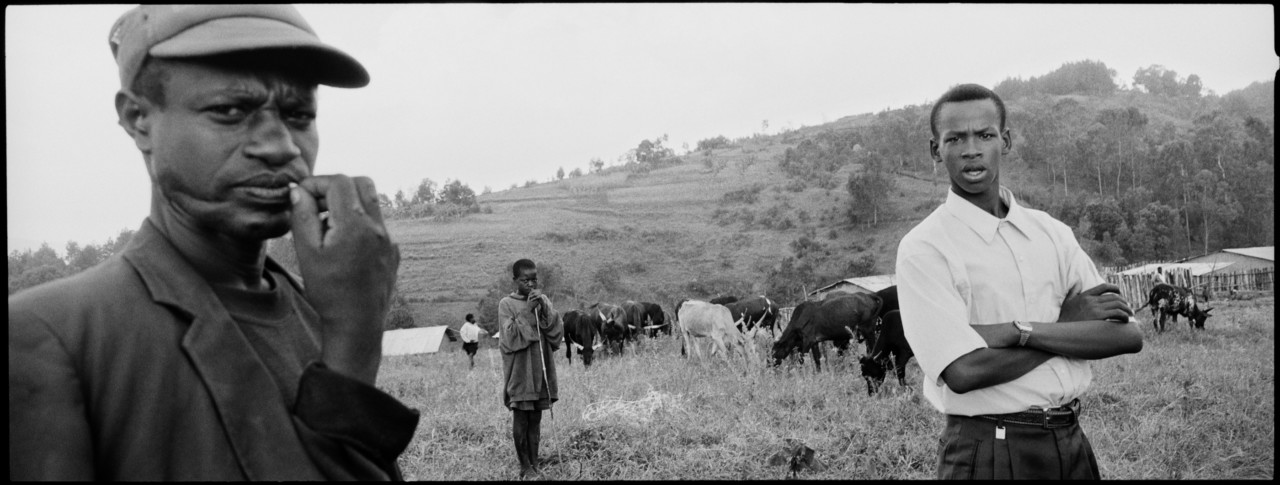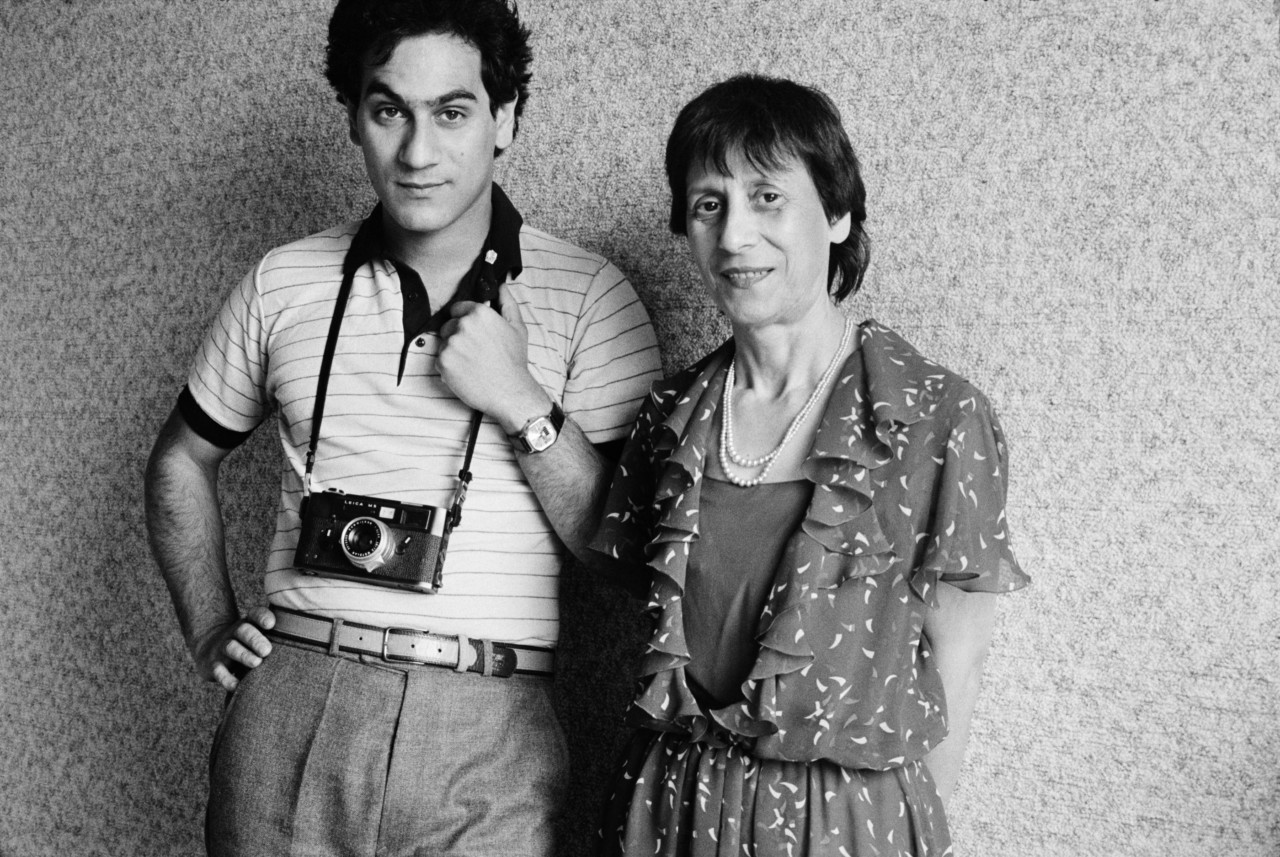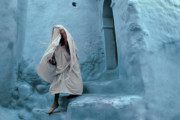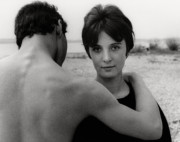Voyages de Mémoire – Patrick Zachmann’s Decades-long Investigation into History, Identity and Himself
“This book and exhibition explore ideas of the self, identity and family. It’s probably the most difficult thing to do. You do it because you need to do it,” says Patrick Zachmann as discusses his latest book Voyages de Mémoire. The book is launching alongside an exhibition at the Musee d’Art et d’Histoire du Judaisme in Paris (MAHJ) which opens on December 2nd. Together they are an act of autobiography and anthropology by the French photographer. They are a culmination of decades of work through which Patrick has documented and explored Jewish culture and his own identity.
“At the beginning of my career, in 1987, I published my book In Quest of Identity. It was an investigation of my identity through the identity of others,” he says. “This new book is more than a slight remake of that; there are more images, new chapters and series and more texts.” During lockdown, he was invited by Paul Salmona, the director of the MAHJ to put together a show. “He wanted to make the first exhibition by a living photographer for the museum,” explains Patrick. “Things moved very fast. We quickly conceived the exhibition and the book. I realized that I had more material, and more to say about Jews, but also about other people, communities or events I covered, which resonated in a similar way.”
“I always seem to go back to the themes of memory and identity,” he says. “The first book was almost done secretly. I was at a press agency, and at the weekend I was doing my personal work about Jews. It was my secret garden.” After In Quest of Identity was published, Patrick felt that it was time to try and move his work on, but time and time again he found familiar themes were ever present. “I spent other time exploring community and identity with French Malians, and with French Arabs in Marseille, with Chinese. I often found a lot of common points and/or same concerns with these people with immigration origins, like me.”
""I often find myself at a crossroads having to choose a fork - towards journalism, or towards art. There is no right answer, but you choose. This exhibition, I think, has taken an artistic approach, but I still consider myself a photo reporter.""
- Patrick Zachmann
The book and exhibition gather a range of perspectives and threads that Patrick has established, arranged into a number of investigations organised thematically. He takes the viewer on a journey that visits parties and dances, including a gathering of Holocaust survivors. He documents and introduces the Jews who visibly practice their faith daily, and those who do not. Elsewhere are sections on the resurgence of antisemitism across Europe and very personal stories that center on Patrick’s family. Together, they show the journey that Patrick has been on to understand his own identity and heritage, presented in the context of the wider identity of the Jewish community.
For a story that is so personally driven, the endeavor blurs the line between photojournalism, curation and artistic intent. Something which the photographer is acutely aware of. “The antisemitism chapter is journalism. The images of Holocaust survivors are journalism. But overall the approach to this book and exhibition is an artistic one,” he explains. “When you are a journalist, you have to work hard to report facts You bring yourself as close as possible to reality and convey what you see and what you feel. You have to respect that objectivity. Even though we know full well that objectivity doesn’t exist.”
“When you act as an artist, it’s almost the reverse. I don’t want to be a witness, I don’t want the objective truth – I want to share my truth,” he continues. “In this sense you can be guided and attracted by emotion and sensation and by my unconscious. I can be guided by faces, or by light. I often find myself at a crossroads having to choose a fork – towards journalism, or towards art. There is no right answer, but you choose. This exhibition, I think, has taken an artistic approach, but I still consider myself a photo reporter.”
“There was a common idea established between the director of the MAHJ and myself, which was that the project should not be exclusively focused on Jewish subjects.” For this, Patrick sought parallels with instances that he felt resonated with the stories he was telling. “I have added stories about Chile and Rwanda. These stories are not about Jews, but they are stories that have echoes of the stories I told. They relate directly to the impact of disappearance, of genocides, of loss of memory.”
The book has now been published by Atelier EXB and the exhibition run December 2 2021 until March 6 2022. Patrick is looking forward to seeing the response. “Once you have made a book or an exhibition, it’s not yours anymore – it escapes from your control. It’s not private anymore but becomes public. If others – people who are not Jewish – don’t identify with it, or connect to it, I have failed,” he says. “My aim is to go beyond the Jewish theme and identity. I wish this book and show, like others I did in the past, to be somehow universal. As Diane Arbus said: ‘The more specific you are, the more general it will be’. ”


